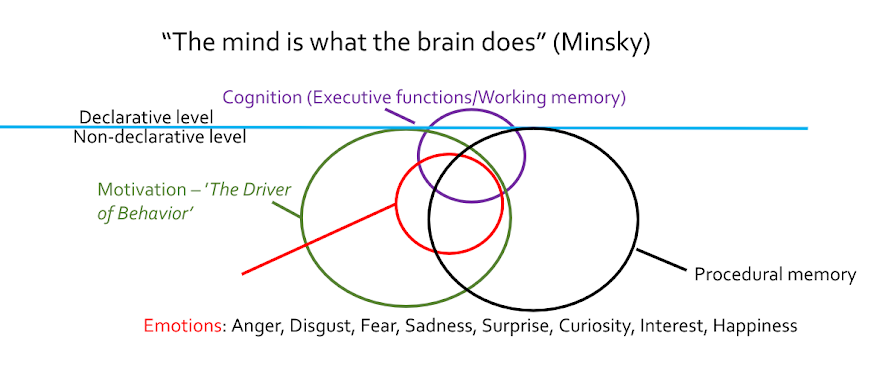Stöd gärna bloggen via Swish (Sverige), MobilePay (Finland) or Wise.
In a recent press release from the University of Helsingfors, Juha Nousiainen, Valio’s Senior Vice President who heads the Climate programme, Marketta Rinne, a research Professor at the Natural Resources Institute Finland, Milja Heikkinen a Development Manager of cattle feeds är A-Rehu, and Tuomo Kokkonen, a senior University Lecturer, Department of Agricultural Sciences, University of Helsingfors, argues that cattle is warming the planet by emitting methane. Really?
Link topp source.
First and foremost, why does a dairy company have a climate program?
Second, why do academic people promote the idea that cattle are a climate burden?
Third, why does the Ministry of Agriculture and Forestry use tax money (people's money) to fund this kind of projects?
Common knowledge in agricultural science for at least the past three (3) years is the Biogenic Carbon Cycle (see picture below).
Adding to that, 80% of Finland is covered by forrest, 10% is water, and agriculture, that is food production, occupies 7%. Now 70% of the 7% occupied by agriculture is a so-called marginal land. That means, the stuff that grows there cannot be consumed by humans, but ruminants love to munch on it.
For a global perspective, take a look at the Global Methane Budget (see below).
Link to source.
Enough said?
Please support the blog via Swish (Sweden), MobilePay (Finland) or Wise.
More about my expertise:
Executive coaching for CEOs/managers and workshops to facilitate Organizational Performance, Learning, and Creativity for Problem Solving | Lectures: Nutrition for physical and mental health | Course/lecture: children's emotional and social adjustment and cognitive development | Language training - Swedish | Academy Competency | CV | Teaching skills and experience | Summary of research project | Instagram | Linkedin | YouTube-channel | TikTok | Twitter
First and foremost, why does a dairy company have a climate program?
Second, why do academic people promote the idea that cattle are a climate burden?
Third, why does the Ministry of Agriculture and Forestry use tax money (people's money) to fund this kind of projects?
Common knowledge in agricultural science for at least the past three (3) years is the Biogenic Carbon Cycle (see picture below).
Adding to that, 80% of Finland is covered by forrest, 10% is water, and agriculture, that is food production, occupies 7%. Now 70% of the 7% occupied by agriculture is a so-called marginal land. That means, the stuff that grows there cannot be consumed by humans, but ruminants love to munch on it.
For a global perspective, take a look at the Global Methane Budget (see below).
Link to source.
Enough said?
Please support the blog via Swish (Sweden), MobilePay (Finland) or Wise.
More about my expertise:
Executive coaching for CEOs/managers and workshops to facilitate Organizational Performance, Learning, and Creativity for Problem Solving | Lectures: Nutrition for physical and mental health | Course/lecture: children's emotional and social adjustment and cognitive development | Language training - Swedish | Academy Competency | CV | Teaching skills and experience | Summary of research project | Instagram | Linkedin | YouTube-channel | TikTok | Twitter




No comments:
Post a Comment